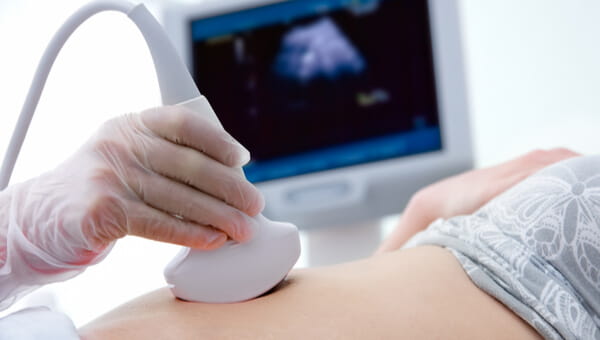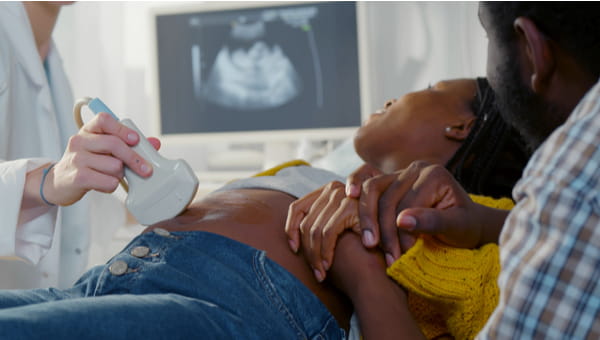The first time you heard your baby’s heartbeat is a moment you’ll never forget. But, have you thought about all the hard work that went into the development of your baby’s heart before it could make those tiny sounds for you?
Growth and development of baby’s heart
At just 4 weeks gestation, a twisting tube forms that will eventually become your baby’s heart and valves. By week 5, this heart tube starts beating, although it’s not really doing any work yet, and you wouldn't be able to hear it.
Just one week later, that tiny heart has already grown and divided into four chambers, with valves to allow blood to flow in and out. It’s already thumping at an astonishing 110 beats per minute—in a couple of weeks, that rate will shoot to about 150 to 170 beats per minute (it will slow down from here).
For the next few weeks, baby's heart busily practices pumping, and by week 12 the bone marrow starts to make red blood cells. Up until about week 17, the heart has been beating more as a reflex, but now is the time that the brain is ready to take over the heartbeat—helping baby get ready for life outside of the womb. By week 25, even the tiniest blood vessels are formed and beginning to move blood all over baby’s body.
How baby’s heart changes after birth
While you're pregnant, your baby's lungs don't take in any air, and he or she relies on oxygen from the umbilical cord. Because the lungs aren't really needed yet, baby’s heart has some extra "shortcut" blood vessels, plus an extra opening between the two upper chambers of the heart, that direct blood away from the lungs.
As soon as baby is born and their lungs take in air, this special circulatory system shuts down, these shortcuts close, and baby’s heart and lungs are ready for action!




